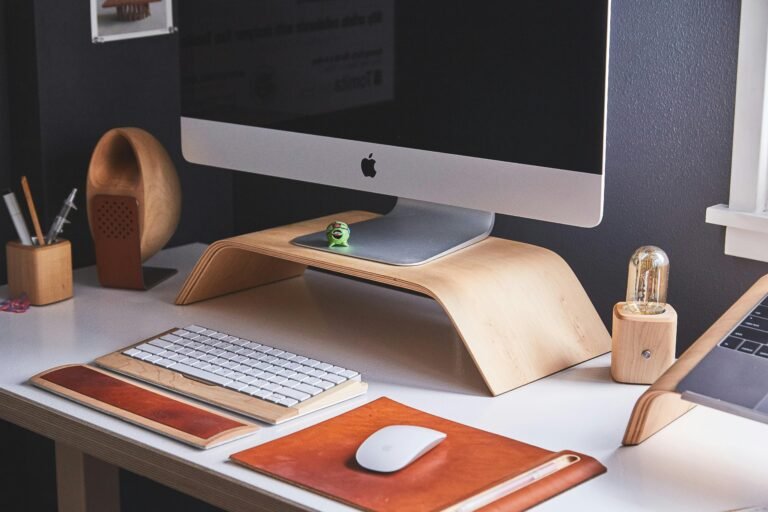Why YouTube Is a Comfort Zone for ADHD Brains
If you’ve ever looked up and realized you’ve been on YouTube for hours, bouncing between mukbangs, true crime, and obscure documentaries about abandoned malls, you’re not alone. Especially if you have ADHD. The platform hits on a perfect storm of brain chemistry and emotional regulation challenges that can make it almost impossible to stop watching.
So what’s actually going on here?
YouTube is designed to give you short bursts of dopamine. ADHD brains crave dopamine and often don’t get enough of it in daily life. When you combine this with endless scrolling, autoplay, and personalized recommendations, it’s like handing a sugar-starved brain a bag of candy. The reward system lights up and suddenly it feels easier to keep watching than to stop.
But what starts as entertainment often turns into avoidance. Many people with ADHD use YouTube to escape feelings of boredom, overwhelm, loneliness, or shame. It’s a distraction that feels good in the moment, and sometimes that’s all we’re looking for when our executive function is on low battery.
Signs Your YouTube Habit Might Be ADHD-Related
• You open YouTube intending to watch one video and suddenly it’s two hours later
• You’re aware it’s eating into your day but feel unable to stop
• You use it to fill every quiet moment, like brushing your teeth or falling asleep
• It feels easier to engage with YouTube creators than with actual people
• You feel guilty after watching but keep doing it anyway
These signs aren’t about laziness or lack of discipline. They’re about a brain that’s wired to seek stimulation, novelty, and relief from discomfort, and YouTube serves all of that up in a shiny, autoplay format.
Why ADHD Brains Gravitate Toward YouTube
Instant Dopamine Hits
Each video delivers a hit of novelty. For brains with low dopamine, that’s addictive. ADHD brains don’t always generate or regulate dopamine efficiently, so we seek it out through external means.
Low Activation Energy
Watching a video is easy. Starting tasks, even simple ones, can feel like climbing a mountain. Clicking play feels like a win when starting anything else feels impossible.
Visual and Auditory Stimulation
ADHD brains often crave stimulation, and video content provides a multisensory experience. Fast cuts, exciting visuals, and engaging audio satisfy that need without requiring effort or interaction.
Avoidance of Negative Emotions
When something feels emotionally hard, like starting a task you’ve been dreading, it’s easier to numb out with a video. YouTube becomes a coping mechanism, even if it’s not a helpful one long-term.
How to Tell If You’re Overusing YouTube
Not everyone who watches a lot of videos has a problem. But if your YouTube use is getting in the way of things you want to do like school, work, rest, relationships, or hobbies, it might be worth re-evaluating.
Ask yourself:
• Am I using YouTube to avoid something?
• Do I feel worse after watching?
• Is it replacing things that used to bring me joy?
• Have I lost track of time because of it more than once this week?
How to Regulate Your YouTube Habit Without Shame
This isn’t about quitting YouTube forever. It’s about figuring out how to use it in a way that supports your life instead of getting in the way of it.
Use Time Limits and Timers
Set a timer when you start watching. Even a simple 30-minute alarm can help you check in with yourself. Apps like Screen Time, Forest, or StayFocusd can also help keep you on track.
Create a YouTube-Free Zone
Avoid watching in bed or during meals if it’s affecting your sleep or routines. These small boundaries make a big difference over time.
Replace the Habit With Something Else
Instead of trying to go cold turkey, find a replacement that still gives you dopamine. Try listening to music, drawing, walking, or switching to a podcast.
Make a “Binge List” for Intentional Watching
Keep a list of videos you want to watch and pick a set time to enjoy them. This makes the habit more mindful and less impulsive.
Use It as a Reward
Instead of watching as an escape, use it as a reward for completing a task. Pair it with something productive to balance it out. For example, “I’ll watch one video after I do ten minutes of cleaning.”
Helpful Scripts to Tell Yourself
• I’m not lazy. I’m trying to regulate my nervous system
• This isn’t failure. I’m learning what works for my brain
• I’m not quitting YouTube. I’m just choosing when and how I use it
YouTube Can Be a Tool or a Trap
It’s not about being anti-YouTube. There are incredible creators who educate, validate, and support neurodivergent folks online. The key is making sure you’re using the platform in a way that adds value to your life, not just numbs you from it.
If you need support figuring that balance out, that doesn’t mean you’re weak. It means you’re human and probably navigating a brain that wasn’t built for this kind of content overload.






